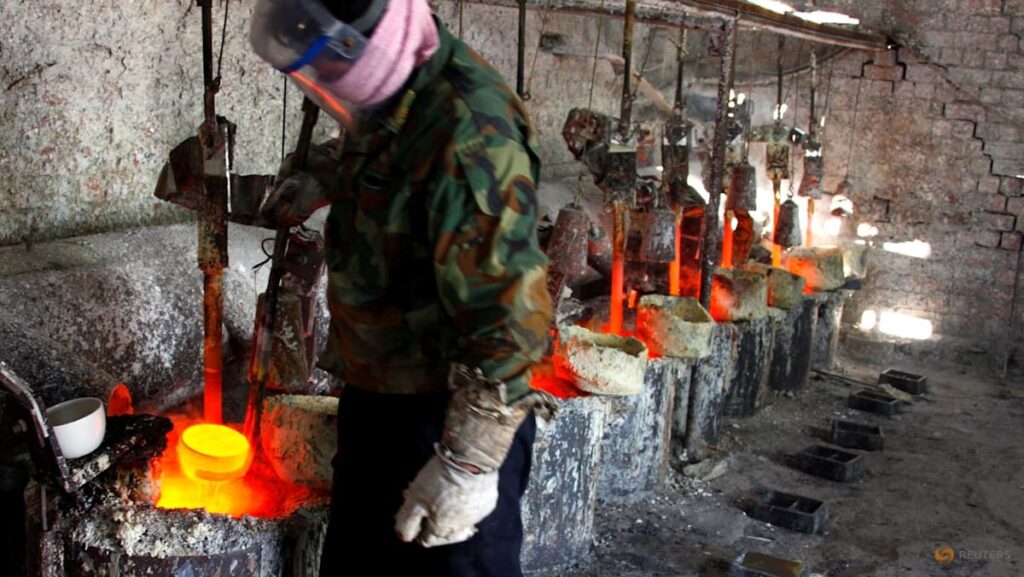WHAT WILL A BRICS CRITICAL MINERALS STRATEGY LOOK LIKE?
BRICS has yet to formalise a critical materials strategy and whether the member states can find common grounds to forge a unified stance on the matter remains to be seen. Given their collective weight in the minerals sector, the BRICS countries have the potential to shape the rules and norms of the global resource order.
Granted, BRICS has positioned itself as a leading multilateral platform for Global South countries seeking alternatives to “Western-dominated” systems. However, a minerals strategy that focuses too narrowly on appealing to the interests of the Global South would be a missed opportunity for the grouping to truly “walk the talk” of inclusivity and equity.
A BRICS critical minerals plan should provide space for collaborative partnerships across the whole supply chain with countries from both the Global North and South. As the contours of competing alliances begin to emerge amid the global contest for strategic materials, BRICS is presented with an opportunity to rise above “bloc politics” to build a fair and resilient global resource economy.
THE CHINA FACTOR
The overall direction of a potential BRICS critical resource strategy would depend to a large extent on what China chooses to do with its critical minerals heft. China has thus far brandished the critical minerals card as a bargaining chip to advance its interests.
The US is not the first country to be at the receiving end of China’s REEs power play. In 2010, China implemented a rare earths export ban against Japan following a maritime incident near the disputed Senkaku islands in the East China Sea.
More recently, China had allegedly threatened to block purchases of rare earths from the Kachin Independence Army unless it gave up its plans to capture a strategic town from the Myanmar junta forces.
Rare earths also featured in the calibrated steps towards re-engagement between China and India. During a visit to New Delhi in August for border talks, Indian sources revealed that Chinese Foreign Minister Wang Yi had met with External Affairs Minister S Jaishankar and assured his counterpart that China would address India’s rare earths concerns.
China’s dominance in the world’s critical minerals sector is an opportunity for the country to present itself as a responsible actor and provider of global goods.
At the latest Shanghai Cooperation Organization summit in Tianjin, Chinese President Xi Jinping had announced the Global Governance Initiative and outlined China’s vision of “a fairer and more reasonable system of global governance”. How China wields its critical minerals primacy will be keenly watched.
Sarah Soh is an Associate Research Fellow in the Regional Security Architecture Programme at the Institute of Defence and Strategic Studies, S Rajaratnam School of International Studies, Singapore.
https://www.channelnewsasia.com/commentary/china-rare-earths-brics-critical-minerals-strategy-5420131


